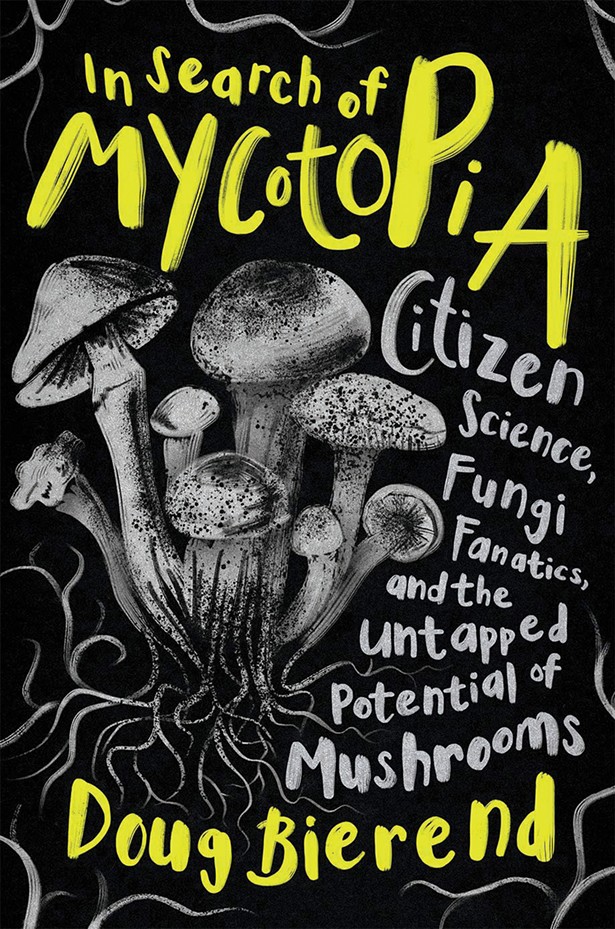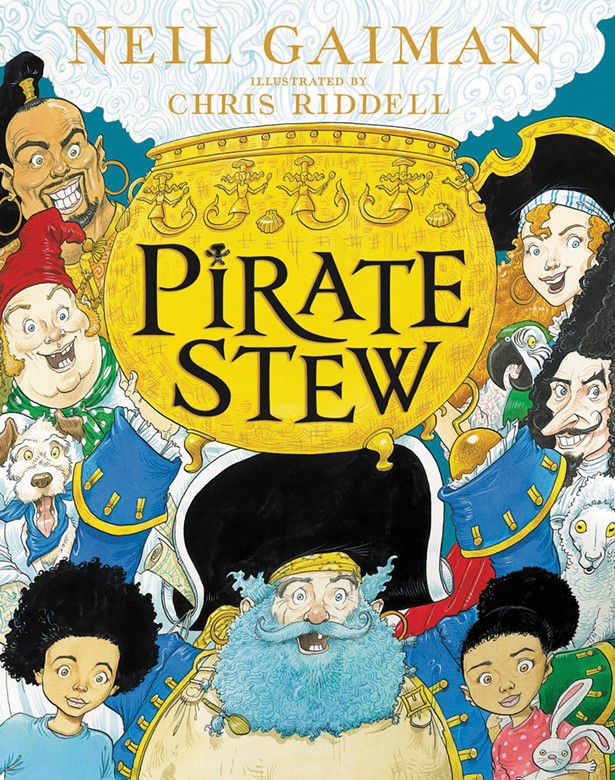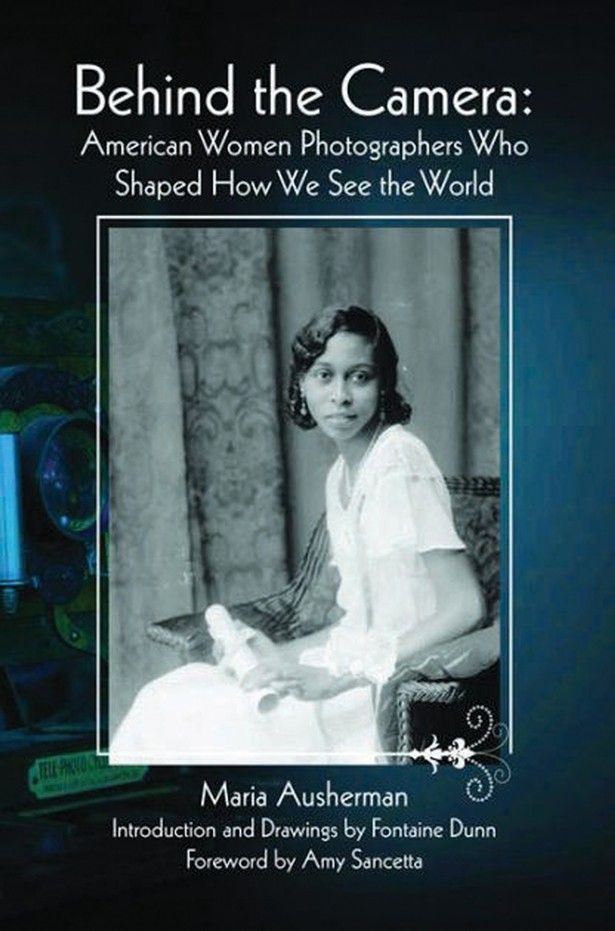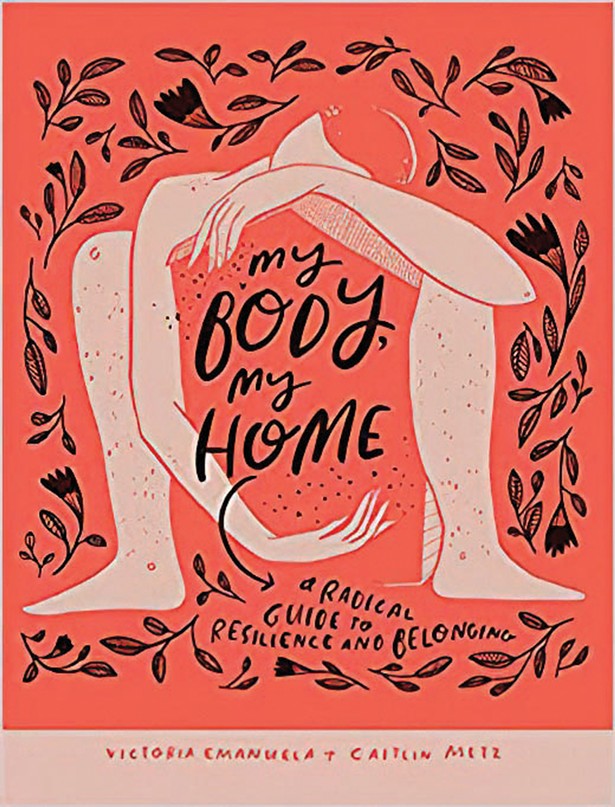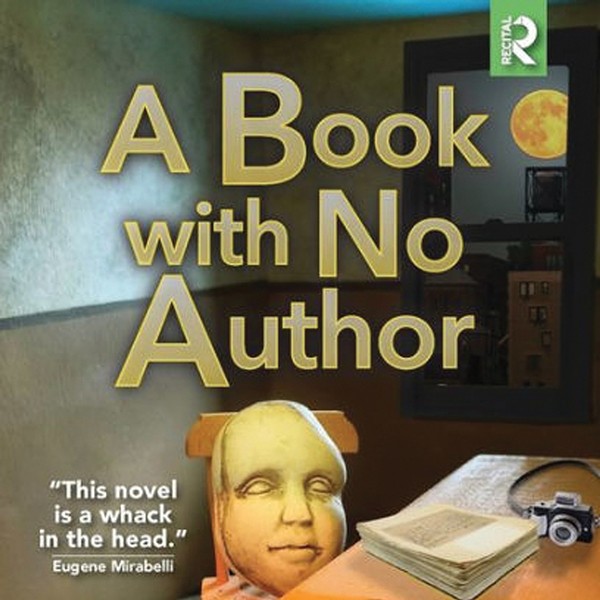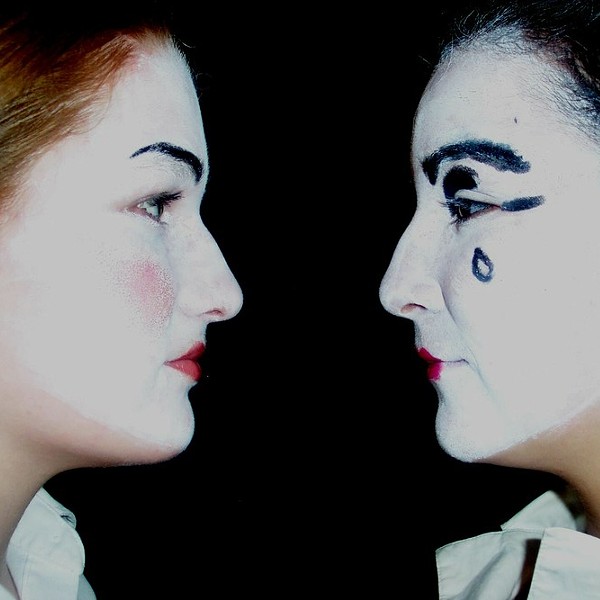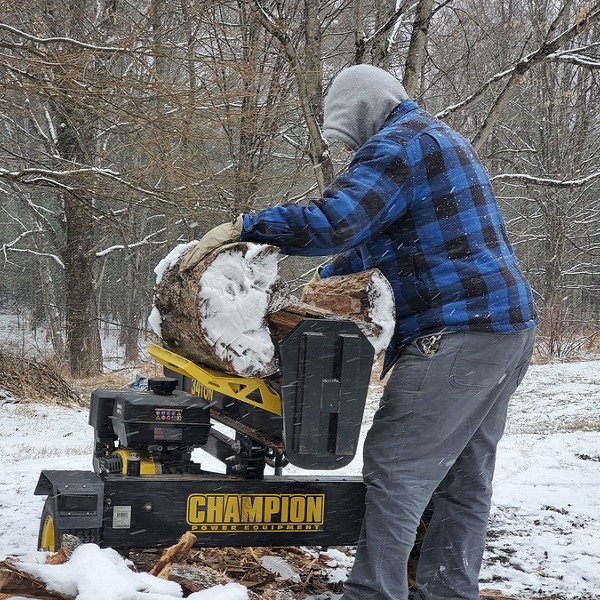In Search of Mycotopia: Citizen Science, Fungi Fanatics and the Untapped Potential of Mushrooms
Doug BierendChelsea Green Publishing, 2021, $24.95
In this fascinating, mind-expanding book, journalist Doug Bierend introduces us to the modern mycological movement, composed of diverse underground subcultures of fungi enthusiasts, scientists, and citizen scientists who explore and advocate for the enormous potential of fungi to help heal and create a better world. The word mycotopia is used to describe an environment where the ecological equilibrium is enhanced through the judicious use of fungi for the betterment of all life forms.
Fundamental to life, fungi, as decomposers, are critical to healthy soils and ecosystems: from remediating contaminated landscapes and waterways to achieving food security. As Bierend notes, "given their ubiquity and utility, it's little wonder fungi have played significant roles in human culture for millennia." From the mind-altering variety to ancient spiritual and medicinal traditions all over the world (that ethnomycologists believe were influenced by the mushrooms' psychoactive qualities), to thousands of years of culinary traditions in China, to a foraging culture in Eastern Europe, fungi play an important role in who we are as humans.
However, as Bierend points out, in North America, the study of fungi and our relationship with it is comparatively lacking. But that's all changing as mushrooms are having a moment. Interest in mushrooms is growing by a "broad, diverse and growing movement that is enthusiastically elevating the aesthetic, culinary, medicinal, economic, heuristic, and even metaphorical value of fungi."
Citizen science is at the core of these efforts as those passionate about mushrooms gather at increasingly common fungi festivals, in foraging communities (online and in person), and via a thriving DIY growing community. As Bierend showcases, the most interesting and vital happenings in mycology are taking place outside of traditional universities, where the focus tends to be on the threats fungi pose to the lumber and agriculture industries rather than their astonishing abilities and potential uses in so many other realms. This is a situation that opens the door for Bierend to challenge, in this inviting, wonderfully researched, and detailed book, the "idea of what counts as expertise, and who gets to participate and make contributions." The diverse core of growers, independent researchers, ecologists, entrepreneurs, and amateur enthusiasts we are introduced to in these fascinating pages are responding to an increased demand for specialty mushrooms in both culinary and medicinal markets while working to advance the study of applied mycology and to center conversations around social justice and sustainability.
Told though the author's first-hand encounters and experiences, there is much to absorb and think about as your interest in mycology is piqued. The understanding that, while fundamental to our existence, fungi are not the center of things but rather that "they exemplify the interconnectedness and interdependence of all life," is a powerful thread that resonates throughout the book.
As we accompany the author on his journeys; from the mountains of central Colorado, where Bierend harbors a passionate desire to find the Amanita muscaria (this is a vocabulary-expanding book) to Kew, the Royal Botanic Gardens in London, to Smugtown Mushrooms in Rochester, Mushroom Mountain in South Carolina, the Amazon, and beyond, Bierend's descriptive and informative prose transports you into the marvelous world of fungi and the passionate people who are at the core of the movement.
In the thoughtful last chapter, "Who Speaks for the Mushroom?," Bierend closes with an enlightening discussion of intersectional mycology, by sharing his experience, his last before the pandemic, of attending the first POC Fungi Community Gathering on Kumeyaay territory at the northern border of Baja California in Mexico). Putting forth that perhaps "the greatest opportunity afforded by fungal fellowship seems one of decentering ourselves and returning to right relationship with nature, which will necessarily bring us into better accord with one another."
Bierend has written a fascinating, challenging, thought-provoking and satisfying book: one that will send all of us to the woods when the snow thaws in search of mycotopia.
On March 10, Bierend will host a digital talk through Oblong Books discussing the potential for fungi to postively change our lives.—Jane Kinney Denning
Pirate Stew
Neil Gaiman, Illustrated by Chris RiddellHarperCollins, $15.99, 2020
Genre-destroying writer and Bard College professor Gaiman's latest tells the wonderfully silly, rhyming tale of pirates, flying ships, doughnut feasts, and magical pirate stew. Long John McRon, the ship's cook––and the most unusual babysitter you've ever met––takes a boy and his sister on a crazy adventure beneath a pirate moon. Gaiman takes a step into children's books with Pirate Stew, departing from his adult books, and even his darker kid's book Coraline.
A Sound History: Lawrence Gellert, Black Musical Protest, and White Denial
Steven P. GarabedianUniversity of Massachusetts Press, $27.95, 2020
Garabedian, an assistant professor of history at Marist College, tells the story of independent music collector Lawrence Gellert and his efforts to expose white audiences to traditional black music of protest during the 1930s. The book explores the unearthing of African American folksongs and how they redefined the 20th-century American music. In the 1960s, Gellert's collection of African American music, Negro Songs of Protest, was called a fabrication by other folklorists because of the absence of names and dates within the archive.
WishCraft, A Guide to Manifesting a Positive Future
Shauna CumminsHardie Grant, $16.99, 2021
Wishcraft promises to teach readers to "perceive, believe, and receive" through the art of manifesting positivity. This guide of magic and practicality by Cummins, a long-term resident at Byrdcliffe Art Colony in Woodstock, provides a history of wishing to help readers create their own "wishing mind." Learn self-hypnosis––and how to recognize one's own true wishes––and turn all those fears, phobias, and unwanted feelings into positive tools for a magical journey of self-healing.
Behind the Camera: American Women Photographers Who Shaped How We See the World
Maria Ausherman
ORO Editions, $25, 2021
Stuyvesant resident Ausherman's book tells the inspiring personal stories of 16 women who broke through the physical and social expectations of society to pursue their dreams, from pioneers like Gertrude Kasebier to Dust Bowl chroniclers like Dorothea Lange to contemporary artists like Carrie Mae Weems, whose photography illustrates racism and the struggles of black families in America. Ausherman is also the author of The Photographic Legacy of Frances Benjamin Johnston and coauthor with Patricia Jennings of Georgia O'Keeffe's Hawaii.
My Body, My Home: A Radical Guide to Resilience and Belonging
Victoria Emanuela, Caitlin MetzClarkson Potter, $14.99, 2020
My Body, My Home is an interactive guided meditation for self-acceptance, resilience, and healing the disconnect between the mind and body. This workbook, coauthored by Columbia County resident Emanuela, is focused on the relationship of your mind and body through different soothing meditations and thoughtful prompts. A variety of prompts, body maps, drawings, lists, and Venn diagrams help you challenge the negative feelings within yourself. This guide sparks a journey of reclamation and healing by engaging with your inner child, lineage, and your unconscious side.
—Diana Testa







